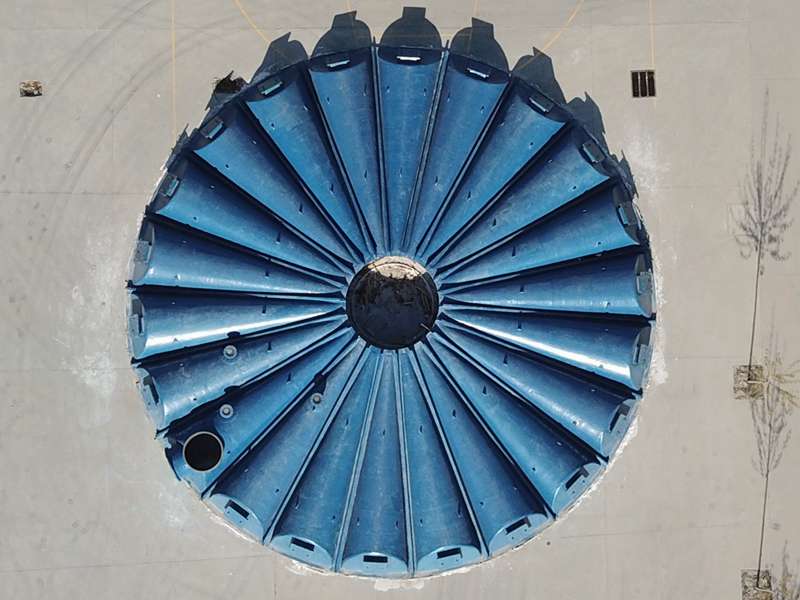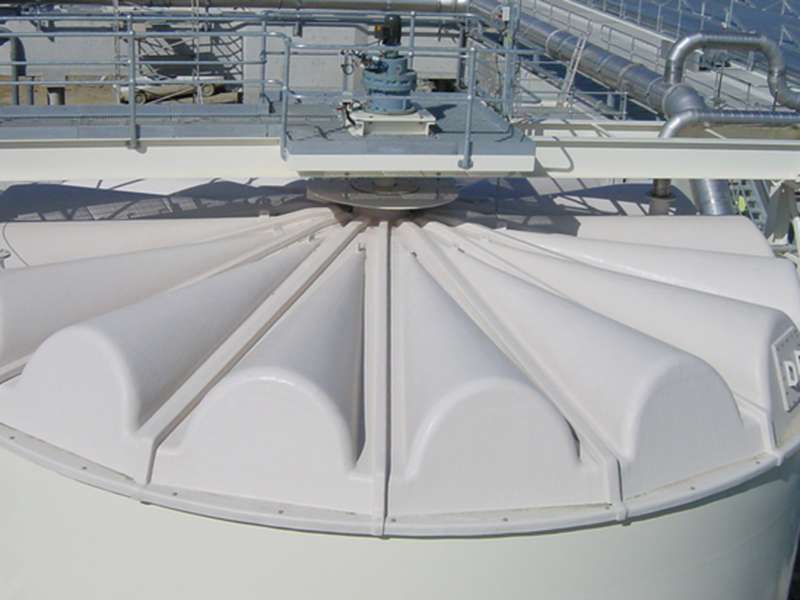Covers: Waterproof, Durable, Custom Sizes | Fast Shipping
FRP Covers: What’s New, What Matters, and What Actually Works
I’ve been following composite enclosures for years, and JRain FRP’s Covers are one of those quietly reliable products that engineers keep specifying. To be honest, it’s not just the corrosion resistance; it’s the mix of weight savings, modularity, and the way these lids survive ugly, H2S‑heavy environments where metal gives up.

Industry trends (and why it’s not just hype)
Municipal odor control is getting stricter, cooling tower drift rules are tightening, and downtime penalties are painful. That’s pushed utilities and food processors to composites. It seems that the shift from coated steel to Covers made with FRP is driven by lifecycle math: less maintenance, fewer corrosion surprises, and faster install with lighter sections. ESG teams also like that FRP can extend asset life by a decade or more.
What they are (and what they’re made for)
JRain’s Covers span tank lids, cooling tower covers, sewage pool covers, odor‑removal biofilter hoods, pulley/guarding covers, and oddball geometries—domes, flat panels, segmented walkable lids. Any size, any shape, which sounds like marketing until you see the tooling room.

Typical applications
- Wastewater basins and headworks odor control (H2S, NH3)
- Cooling tower drift shielding and weather covers
- Silo and conveyor guard covers; pulley safety shrouds
- Food & beverage washdown areas; chemical process tanks
Product specifications (typical, may vary)
| Parameter | Spec (≈ real-world) |
|---|---|
| Resin options | ISO/NPG polyester, Bis-A epoxy vinyl ester for chemical duty |
| Thickness | ≈ 3–12 mm skin; sandwich with PVC/balsa core on request |
| Strength | Tensile 100–210 MPa; Flexural 200–350 MPa (ASTM D638/D790) |
| Fire behavior | Class A surface per ASTM E84 with FR resin/gelcoat |
| UV/weathering | UV gelcoat; tested to ISO 4892 cycles |
| Hardware | SS316 fasteners, EPDM/PTFE gaskets, clear manways optional |
| Service life | ≈ 20–30 years in wastewater (ASTM C581 chemical exposure) |
How they’re built (quick process flow)
Materials: E‑glass fabrics, veil for corrosion barrier, UV/FR gelcoat, PVC/balsa cores. Methods: hand lay‑up for complex shapes; vacuum infusion for repeatable thickness; pultruded stiffeners where needed. Testing: tensile/flexural (ASTM D638/D790), impact (ASTM D256), flame spread (ASTM E84), odor system performance validated against EN 13725 olfactometry in some projects. I guess the short version is: they overbuild the chemical face and keep weight honest elsewhere.
Why engineers pick FRP covers
- Corrosion immunity vs. chlorides and H2S
- Lightweight panels = faster installs, fewer cranes
- Modular segments with gasketed seams for odor capture
- Low maintenance; washable, nonconductive, optional anti-slip

Vendor snapshot and comparison
JRain FRP, No. 1289, Yingbin South Street, Jizhou District, Hengshui, Hebei, China—lean plant, practical engineers. Here’s how they stack up (from recent buyer feedback and my notes).
| Vendor | Customization | Lead Time | Certs | Notes |
|---|---|---|---|---|
| JRain FRP | Any size/shape; FR/UV/insulated options | ≈ 3–6 weeks | ISO 9001/14001; test to ASTM/ISO | Strong on wastewater odor covers |
| Vendor A | Standard panels; limited domes | ≈ 6–8 weeks | ISO 9001 | Good pricing, fewer resin choices |
| Vendor B | Custom okay; heavier builds | ≈ 5–7 weeks | ISO 9001; E84 listed | Sturdy, but higher freight |
Field notes and mini case studies
- Municipal WWTP: segmented Covers over headworks cut fugitive odor by ≈92% (EN 13725), maintenance visits down 40% in 18 months.
- Food plant CIP tank farm: FR gelcoat Covers resisted weekly alkaline wash; no chalking after ≈ 2,000 UV hours (ISO 4892 lab).
- Power station cooling basin: walkable sandwich Covers with SS316 hinges; install in two nights, zero hot work permits needed.
Ordering & customization
Send tank drawings and chemical profile; specify manways, handrails, load class, and fire/UV requirements. JRain typically returns a shop drawing and data sheet with ASTM test values—customers say the back‑and‑forth is fast, which, frankly, keeps projects moving.
Standards referenced
ASTM D638/D790/D256, ASTM E84, ASTM C581, ISO 4892, and odor verification via EN 13725. Certifications include ISO 9001/14001.
Sources
- ASTM D638 Standard Test Method for Tensile Properties of Plastics [1]
- ASTM E84 Standard Test Method for Surface Burning Characteristics of Building Materials [2]
- ISO 4892 Plastics—Methods of exposure to laboratory light sources [3]
- EN 13725 Air quality—Determination of odour concentration by dynamic olfactometry [4]
Citations: [1] https://www.astm.org/d0638, [2] https://www.astm.org/e0084, [3] https://www.iso.org/standard/61692.html, [4] https://standards.iteh.ai/catalog/standards/cen/0b2f6c9e-5b7d-4a5a-a3b6-0a0c8c3f1d3b/en-13725
Latest news
-
Rectangular Tank Made of Fiberglass Material – Durable, Cost-Effective Liquid Storage SolutionsNewsNov.24,2025
-
Hollow Drill Rods for Efficient Drilling Operations in the Field | Durable, Lightweight & CustomNewsNov.23,2025
-
Powerful yt27 Rock Drill for Tough Mining Surfaces | Durable & PortableNewsNov.23,2025
-
Why the Reversible Drill Bit Is a Versatile Tool for All Your Drilling NeedsNewsNov.22,2025
-
Fiberglass Food Grade Equipment: Key Features, Benefits & Global ImpactNewsNov.22,2025
-
How a Drilling Rod Spirals Down Into the Earth: Tech, Trends & Global ImpactNewsNov.21,2025











